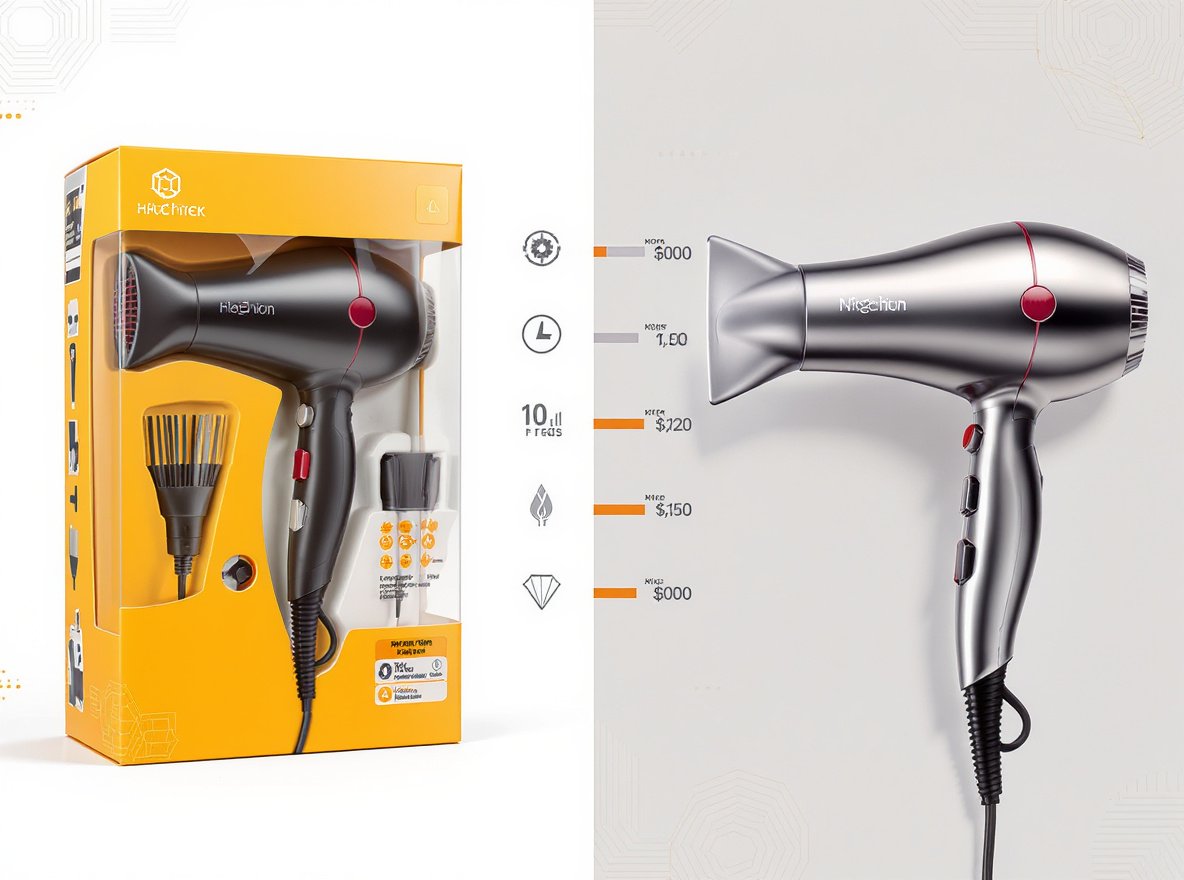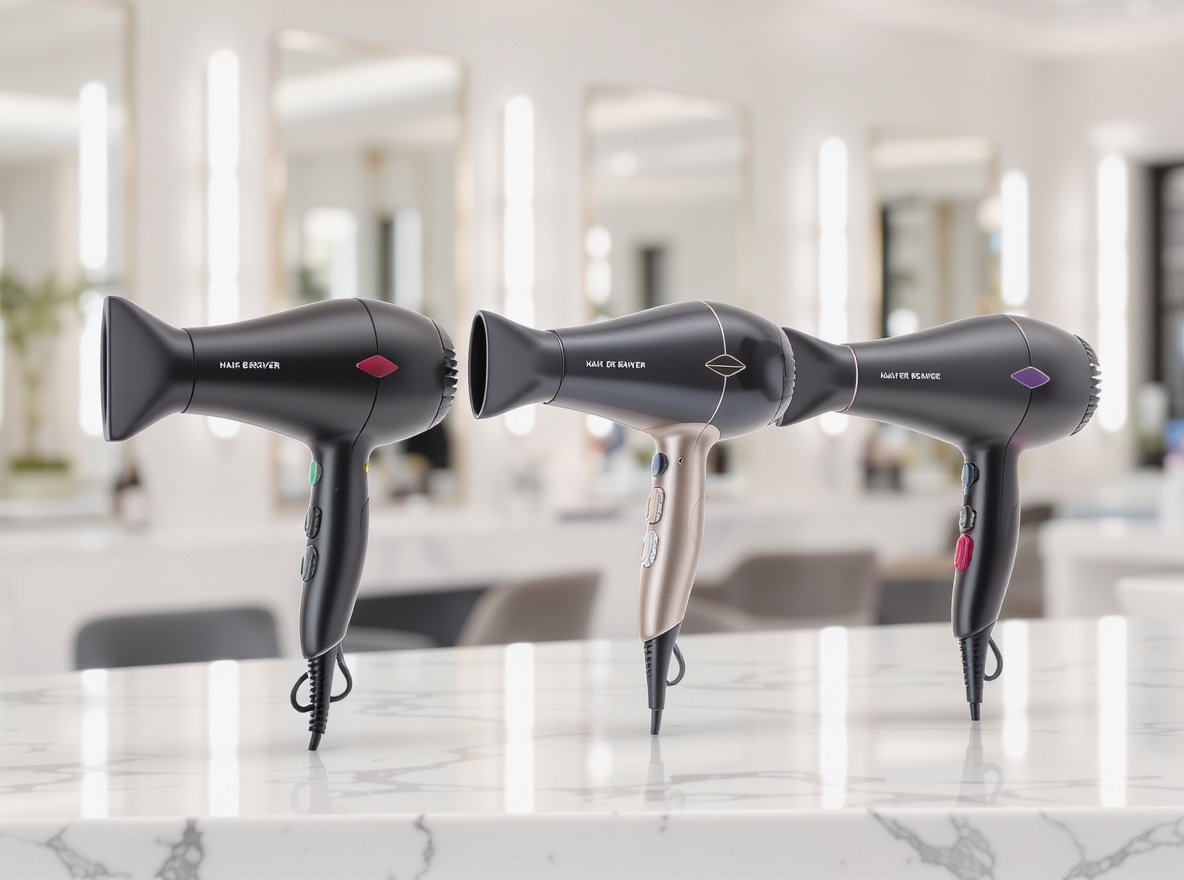Static hair can turn your perfect hairstyle into a frizzy nightmare. Whether you’re dealing with flyaways that stick to your face or hair that stands up like you’ve been electrocuted, static electricity is frustrating and embarrassing.
The key to preventing static electricity in hair is maintaining proper moisture levels through hydrating products, using ionic hair tools, and controlling environmental factors. Simple techniques like using leave-in conditioners, switching to natural fiber brushes, and adding humidity to your environment can eliminate static buildup effectively.
Ready to say goodbye to static hair forever? Let’s dive into the proven strategies that actually work.
Table of Contents
ToggleWhat Causes Static Electricity in Hair?
Understanding the root cause helps you tackle static hair more effectively. Static occurs when your hair loses its natural moisture balance and experiences friction.
Static electricity in hair is primarily caused by friction—when your hair rubs against another object like a hat, scarf, or sweater, electrons are transferred, leaving your hair with a positive charge. This causes hair strands to repel each other, resulting in flyaways and frizz.

Several factors contribute to static hair buildup:
Friction and Electron Transfer: When your hair rubs against dissimilar materials, electrical charges build up. Common culprits include synthetic clothing, plastic combs, and acrylic accessories.
Dry Air Conditions: Low humidity, especially during winter months, prevents the natural dissipation of electrical charges. Indoor heating systems further reduce moisture levels, creating the perfect environment for static.
Damaged Hair Structure: Dry or chemically treated hair is more susceptible to static because damaged cuticles can’t retain moisture effectively.
| Static Hair Trigger | Why It Happens | Risk Level |
|---|---|---|
| Dry Winter Air | Low humidity prevents charge dissipation | High |
| Synthetic Materials | Creates friction and electron transfer | High |
| Heat Styling Tools | Strips natural oils and moisture | High |
| Indoor Heating | Reduces humidity levels indoors | Medium |
| Chemical Treatments | Damages hair cuticles | Medium |
How Can I Moisturize My Hair to Prevent Static?
Proper hydration is your first line of defense against static hair. Well-moisturized hair conducts electricity differently than dry hair and is less prone to charge buildup.
Moisturized hair is less likely to build up static. The key is using leave-in conditioners, hydrating hair masks, and hair oils to keep your hair hydrated and create a protective barrier against electrical charges.

Deep Conditioning Treatments: Apply a moisture-rich hair mask weekly, focusing on ingredients like argan oil, shea butter, or keratin that penetrate deep into hair strands.
Leave-In Conditioners: Products like Unite 7SECONDS Leave-In Detangler provide ongoing moisture protection throughout the day. Apply to damp hair before styling to lock in hydration.
Hair Oils and Serums: Lightweight oils such as Redken Acidic Color Gloss Naked Hair Oil smooth the hair cuticle and reduce friction. Use sparingly on mid-lengths and ends to avoid weighing down your hair.
- Choose sulfate-free shampoos that don’t strip natural oils
- Always use conditioner, and consider leaving a small amount on the ends
- Apply leave-in treatments to damp hair for better absorption
- Use lukewarm water instead of hot water when washing
- Incorporate weekly deep conditioning treatments, especially in dry weather
What Hair Tools Help Reduce Static Electricity?
The right tools can make a significant difference in preventing static buildup. Certain materials and technologies actively combat electrical charges.
Ionic hair dryers emit negative ions that help neutralize static and dry hair faster with less heat damage. Natural bristle brushes distribute oils and create less friction than synthetic alternatives.

Ionic Hair Dryers: Professional-grade ionic dryers like the Laifex P1C high-speed hair dryer emit millions of negative ions that neutralize positive charges causing static. This advanced technology reduces drying time while eliminating frizz and static buildup.
Natural Bristle Brushes: Boar bristle brushes distribute natural oils throughout your hair while creating minimal friction. They’re particularly effective for fine to medium hair types prone to static.
Material Choices: Avoid plastic combs and synthetic brushes that generate static. Instead, opt for wooden combs or metal tools that help discharge electrical buildup.
| Tool Type | Material | Static Prevention | Best For |
|---|---|---|---|
| Ionic Hair Dryer | Tourmaline/Ceramic | Excellent | All hair types |
| Natural Bristle Brush | Boar bristles | Very Good | Fine to medium hair |
| Wooden Comb | Wood | Good | Wet hair detangling |
| Metal Comb/Hanger | Stainless steel | Good | Discharging static |
How Does Weather Affect Hair Static?
Environmental conditions play a crucial role in static hair development. Understanding seasonal changes helps you adjust your routine accordingly.
Static is worse in winter due to low humidity, which prevents the dissipation of electrical charges. Indoor heating systems dry out the air further, increasing static risk throughout the colder months.

Winter Challenges: Cold outdoor air contains minimal moisture, while heated indoor spaces create additional dryness. This combination strips your hair of natural moisture, making it highly susceptible to static buildup.
Humidity Effects: High humidity helps neutralize static naturally, which is why static is less problematic in summer or moist climates. The moisture in the air conducts electricity away from your hair.
Indoor Air Quality: Heating systems can reduce indoor humidity to as low as 10-20%, compared to the ideal 30-50% range for hair health.
- Use a humidifier to maintain 30-50% humidity levels indoors
- Place bowls of water near heat sources as a natural humidifier
- Limit exposure to harsh wind and extreme temperature changes
- Consider using a cool-mist humidifier in bedrooms overnight
What Products Work Best for Static Hair?
Choosing the right products can transform your static-prone hair into smooth, manageable locks. Focus on formulations designed to add moisture and neutralize electrical charges.
Anti-static sprays like Wella Professionals Invigo Nutri-Enrich Deep Nourishing Anti-Static Spray add moisture and neutralize static on contact. Leave-in conditioners and lightweight hair oils provide lasting protection against static buildup.

Specialized Anti-Static Products: Professional anti-static sprays are formulated specifically to neutralize electrical charges while adding moisture. These provide immediate relief for static emergencies.
Leave-In Treatments: Cream-based leave-ins work better than lightweight sprays for severely static-prone hair. They provide lasting moisture and weight that keeps hair grounded.
Multi-Purpose Solutions: Flexible hairsprays can be spritzed onto your brush and run through hair for quick static control without stiffness.
- Anti-static sprays for immediate relief and moisture
- Leave-in conditioners with hydrating ingredients
- Lightweight hair oils and anti-frizz serums
- Moisturizing shampoos and conditioners for daily use
- Hair masks with protein and moisture balance for weekly treatments
How Can I Style My Hair to Minimize Static?
Your styling routine significantly impacts static buildup. Simple adjustments can prevent electrical charges from accumulating during and after styling.
Opt for sleek styles that keep hair close to the head, such as buns and braids, to reduce movement and friction. Avoid excessive brushing with plastic brushes, and finish with oil or serum to seal in moisture.

Strategic Styling Choices: Styles that minimize hair movement reduce friction with clothing and environmental factors. Low ponytails, loose braids, and smooth updos work particularly well.
Brushing Technique: Over-brushing, especially with plastic brushes, increases static buildup. Use natural bristle brushes and limit brushing to necessary detangling and styling.
Heat Tool Management: Use the lowest effective temperature on styling tools and always apply heat protectant products beforehand.
- Apply heat protectant before using any hot tools
- Use ceramic or tourmaline tools for even heat distribution
- Finish styling with a cool shot to seal the hair cuticle
- Avoid over-brushing throughout the day
- Apply a small amount of hair oil or serum to smooth flyaways
What Quick Fixes Work for Static Hair Emergencies?
Sometimes static strikes when you least expect it. These immediate solutions provide fast relief without washing your hair.
Dryer sheets rubbed over your hair or brush provide immediate static relief. Hand lotion rubbed between palms and smoothed over hair, or running a metal hanger over your hair can quickly discharge static buildup.

Dryer Sheet Method: Gently rub a dryer sheet over your hair or brush. The fabric softening agents neutralize static charges instantly while adding a light, pleasant scent.
Hand Lotion Technique: Rub a tiny amount of hand lotion between your palms until barely visible, then smooth over your hair. This adds instant moisture and weight without greasiness.
Metal Discharge Method: Run a metal hanger or comb over your hair to discharge electrical buildup. This works by conducting the static charge away from your hair.
- Keep dryer sheets in your purse or desk drawer for emergencies
- Use a small amount of hand lotion on your palms
- Spray hairspray on your hands or brush before smoothing over hair
- Lightly mist hair with water in a spray bottle
- Use a wet toothbrush to smooth down persistent flyaways
How Do I Prevent Static While Sleeping?
Nighttime friction creates significant static buildup. Your bedding choices and sleeping habits directly impact morning hair static.
Silk and satin pillowcases reduce friction and static overnight because these smooth fabrics allow your hair to glide rather than catch and pull. Braiding hair loosely and applying leave-in conditioner before bed also helps.

Fabric Selection: Silk and satin create minimal friction compared to cotton, which can absorb moisture from your hair while creating static-generating friction.
Protective Styling: Loose braids or low ponytails keep hair strands together, minimizing rubbing against pillowcases and reducing static formation.
Pre-Sleep Preparation: Apply leave-in conditioner or a small amount of hair oil before bed to maintain moisture levels throughout the night.
| Bedding Material | Static Prevention | Hair Benefits | Investment Level |
|---|---|---|---|
| Silk Pillowcase | Excellent | Reduces friction, retains moisture | High |
| Satin Pillowcase | Very Good | Smooth surface, affordable | Medium |
| Cotton Pillowcase | Poor | Absorbs moisture, creates friction | Low |
| Bamboo Pillowcase | Good | Naturally antimicrobial, smooth | Medium |
When Should I Consider Professional Hair Tools?
Investing in quality hair tools pays dividends in static prevention and overall hair health. Professional-grade tools often include advanced anti-static technologies.
If static persists despite home remedies, consider investing in professional-grade ionic dryers, high-quality natural bristle brushes, or salon-recommended anti-static products for more effective, long-term static management.

Advanced Ionic Technology: Professional tools like the Laifex P1C high-speed hair dryer combine multiple technologies including ionic emission, precise temperature control, and powerful airflow to eliminate static at its source.
Long-Term Investment: While professional tools require higher upfront costs, they provide superior static control, reduce styling time, and often last longer than consumer-grade alternatives.
Wholesale Opportunities: For salon owners, retailers, and distributors, professional-grade tools offer better client satisfaction and can differentiate your service offerings.
If you’re dealing with persistent static issues or looking to upgrade your salon’s equipment, explore professional-grade solutions. The Laifex P1C high-speed hair dryer offers cutting-edge ionic technology specifically engineered to eliminate static while reducing drying time by up to 50%.
For wholesale inquiries about professional hair tools, contact our team to discuss bulk pricing, distributor partnerships, and how our advanced anti-static technology can benefit your clients.
Summary
Preventing static electricity in your hair requires focusing on moisture, using anti-static products, and choosing the right tools and materials. The most effective approach combines proper hydration through leave-in conditioners and oils, ionic hair tools that neutralize charges, and environmental control through humidity management. Remember that consistency is key—these techniques work best when implemented as part of your regular hair care routine.

Ready to eliminate static hair permanently? Browse our professional-grade hair tools designed specifically for static prevention, or contact us for wholesale pricing on bulk orders that can transform your clients’ hair care experience.



